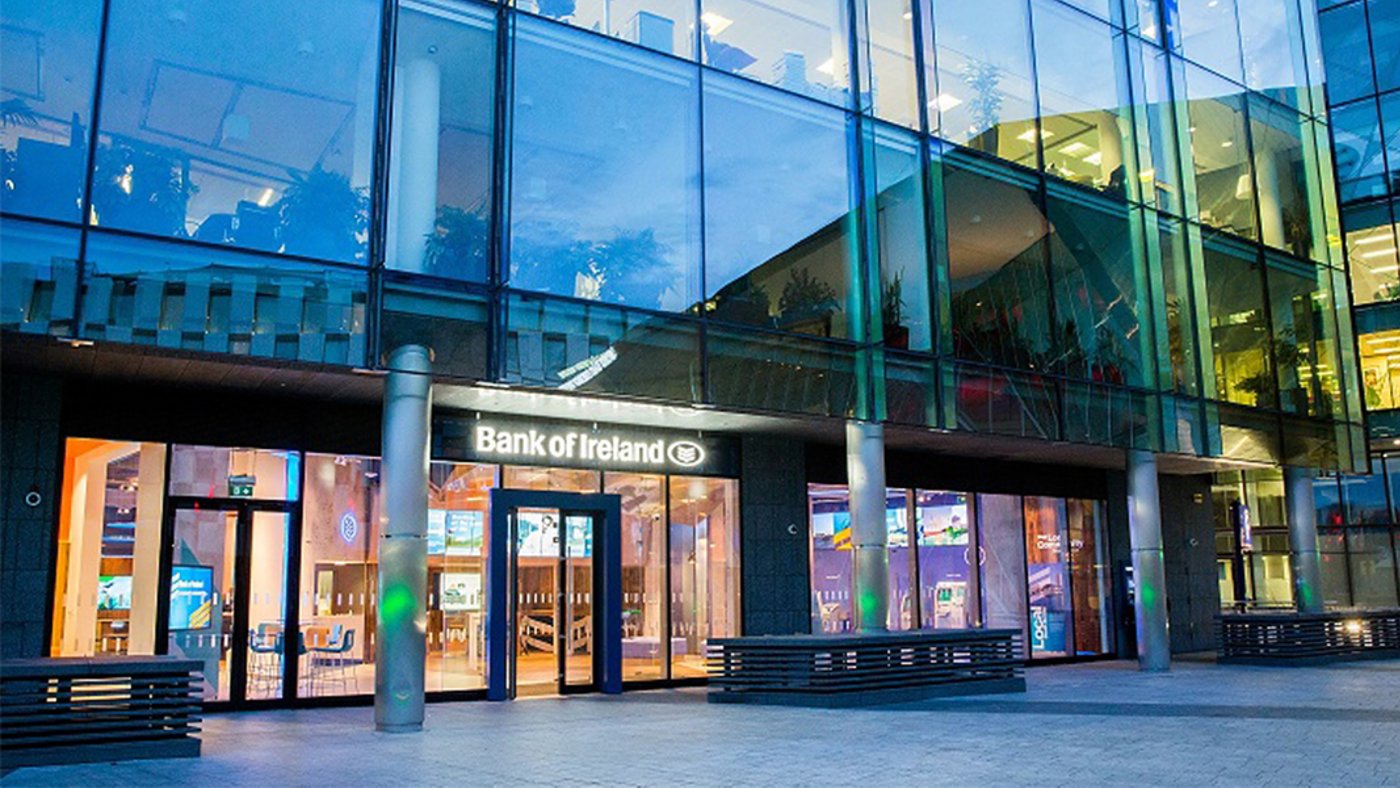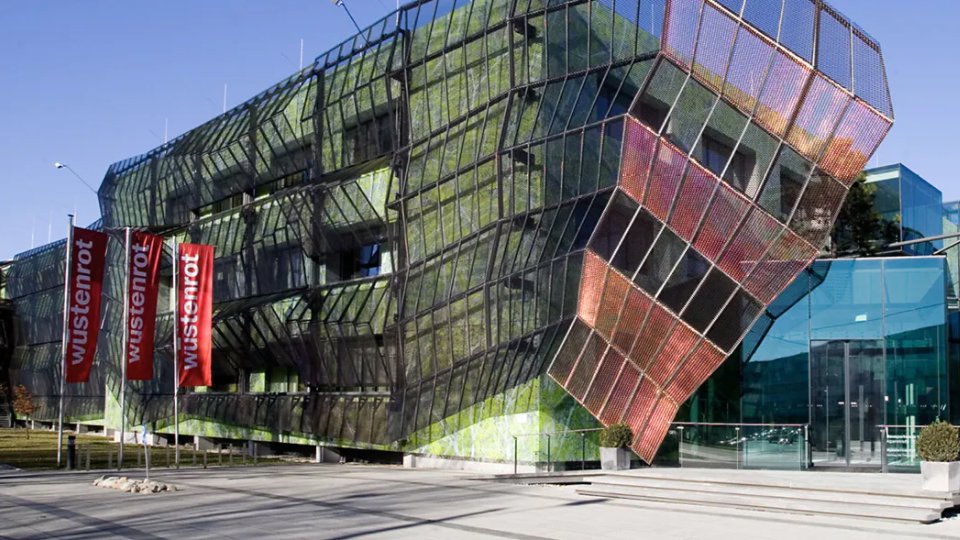
Turn legacy into leverage with AI
Transform legacy systems into agile, AI-powered platforms that drive innovation, efficiency, and growth
AI-powered modernization for mainframe transformation
CIOs today face a high-stakes challenge: modernizing legacy systems to meet evolving business demands without compromising the reliability, security, and compliance these systems were built to deliver. Kyndryl’s AI-first approach is designed for exactly this tension. We help organizations evolve their mainframe environments into agile, intelligent platforms that support innovation and growth without disrupting what already works.


2025 State of Mainframe Modernization
how kyndryl helps
A consultative, pragmatic approach to AI-driven modernization
Real-world journeys in mainframe modernization

Simplifying the core: Bank of Ireland’s strategic mainframe modernization
To support its digital growth agenda, Bank of Ireland is pursuing a mainframe simplification strategy that protects its core ledger systems while modernizing surrounding services. By focusing on collaboration, skills development, and preserving mission-critical functionality, the bank is preparing its IT estate for a more agile, secure, and sustainable future.

Modernizing with resilience: Wüstenrot Gruppe’s cloud transformation
Wüstenrot Gruppe partnered with Kyndryl to migrate its mission-critical workloads to a secure, scalable zCloud environment. This modernization effort enhances digital agility, strengthens cyber resiliency, and ensures compliance with evolving EU regulations, positioning Wüstenrot for continued innovation in Austria’s financial services sector.
What we're thinking about agentic AI systems

Mainframe application modernization at scale: The role of AI
AI and GenAI are scaling enterprise operations faster. This article explores how these technologies accelerate mainframe application modernization with strategic insights and real-world customer experiences.

Future of mainframe modernization leveraging AI
As AI and generative AI reshape the digital landscape, mainframes are evolving from legacy systems into intelligent engines of innovation. This paper explores how AI is accelerating every phase of mainframe modernization.

Generative AI for mainframe modernization
Kyndryl empowers enterprises to automate, simplify, and accelerate transformation—leveraging AI to bridge legacy systems with future-ready innovation

Closing the mainframe skills gap
This article highlights why short-term fixes aren’t enough, and how AI, upskilling, and strategic planning are key to building a future-ready mainframe workforce.
You have questions. We have answers.
The return on investment from AI-driven mainframe modernization is both immediate and long-term. Organizations typically see reduced operational costs through automation, faster time-to-market for new services, and improved developer productivity. AI tools like generative AI and agentic AI accelerate code conversion, testing, and deployment, cutting modernization timelines by up to 50%. Additionally, unlocking legacy data enables new revenue-generating insights and services. The ROI also includes reduced risk exposure, improved compliance, and enhanced customer experiences, all contributing to sustained business growth.
Kyndryl embeds security and compliance into every phase of our modernization approach. We begin with a readiness assessment that includes a security posture review. We apply encryption, access controls, and AI-powered threat detection tools throughout the process. Our agentic AI capabilities help monitor compliance in real-time, while reinforcement learning continuously improves security protocols based on system behavior. We also align with industry-specific regulations and governance frameworks to ensure modernization efforts meet both internal and external compliance standards.
Kyndryl’s approach to bridging the skills gap is automation and enablement. Generative AI automates documentation, code translation (e.g., COBOL to Java), and test generation, reducing reliance on legacy expertise. Agentic AI and AI-assisted tools help reverse-engineer legacy systems and map application boundaries, making them easier to understand and maintain. At the same time, we support workforce enablement through training programs, upskilling initiatives, and role-specific AI tools that empower developers and IT teams to work confidently in hybrid environments. This ensures continuity while preparing teams for future-ready operations.